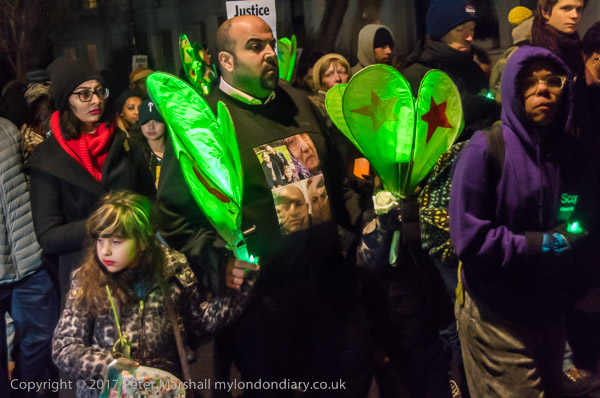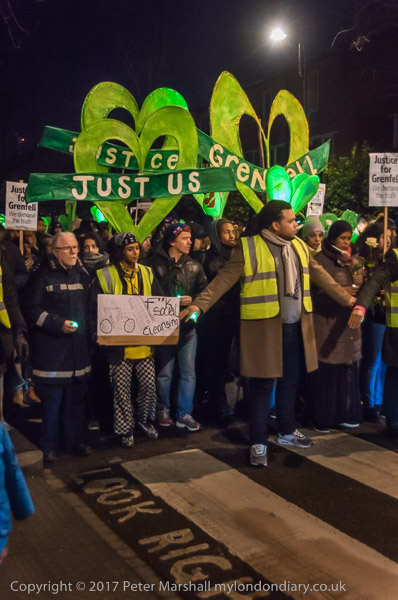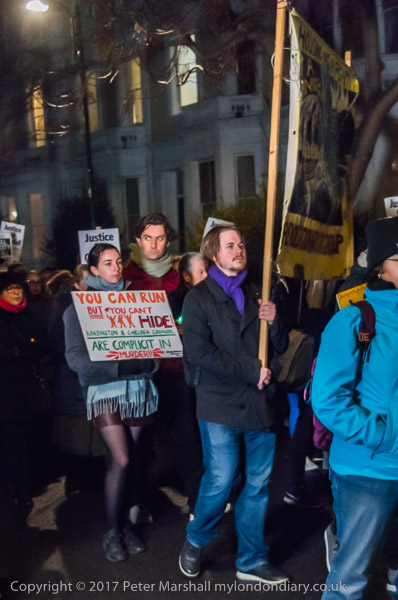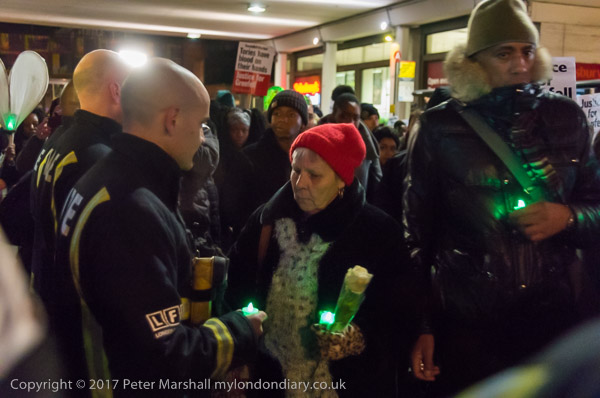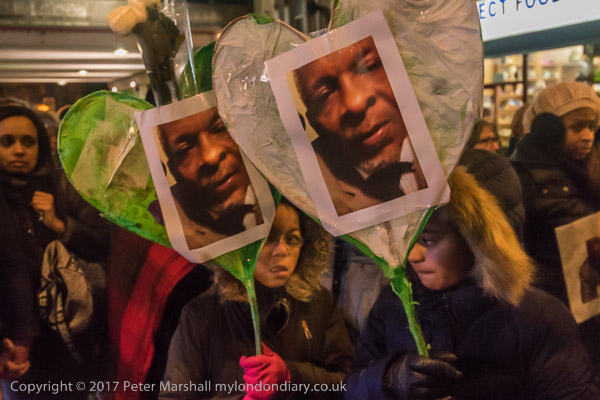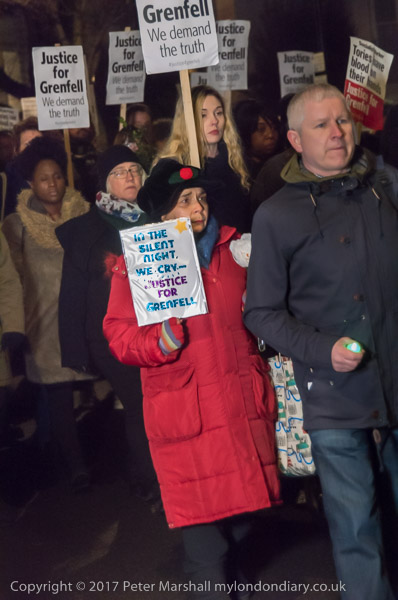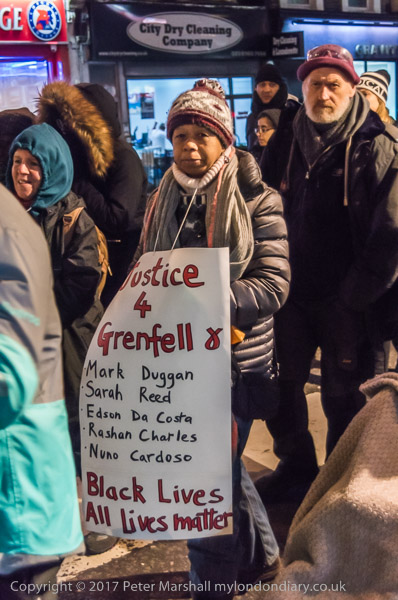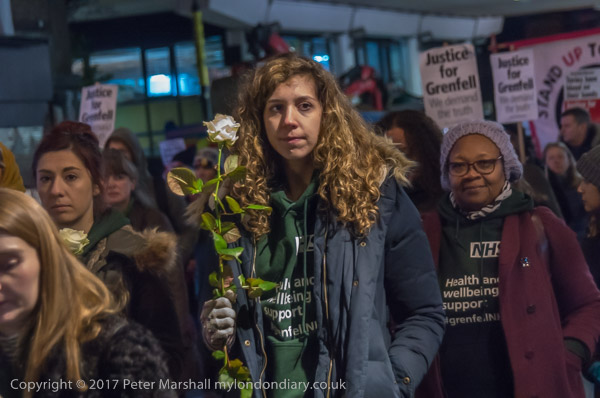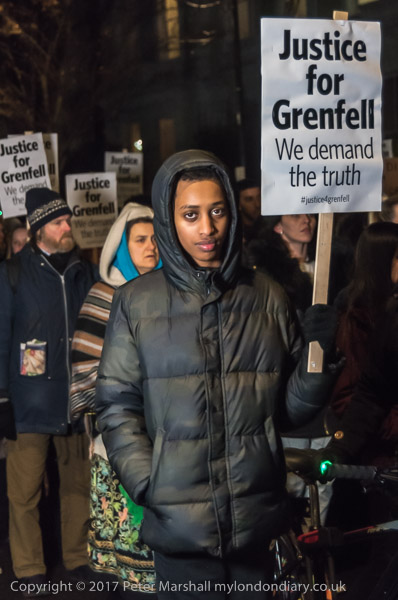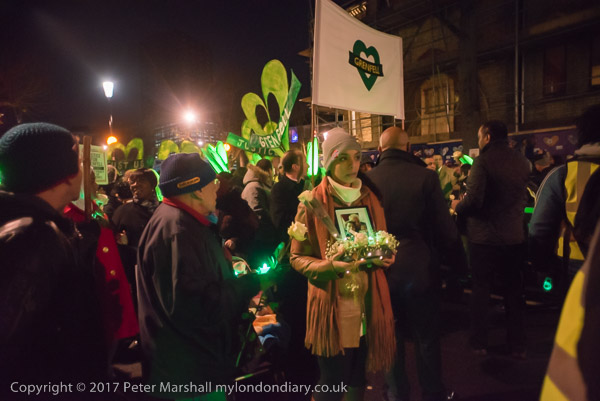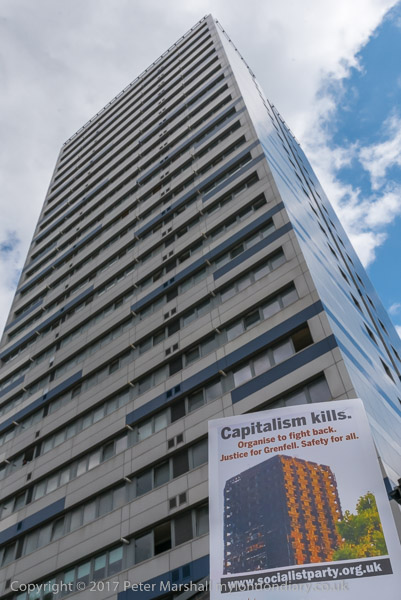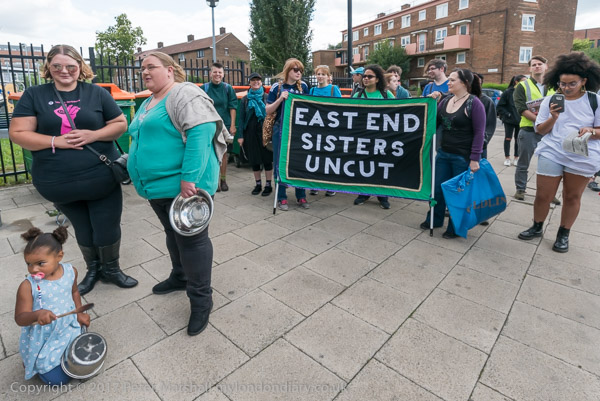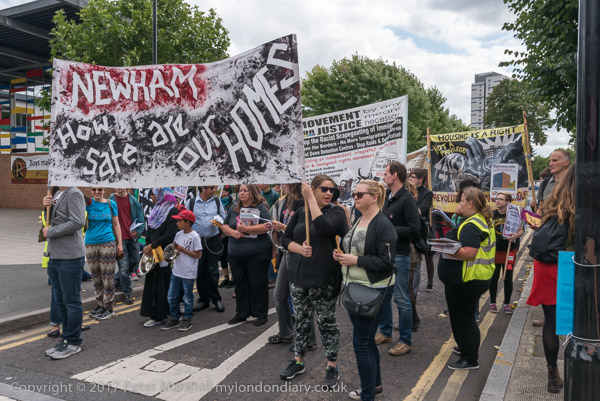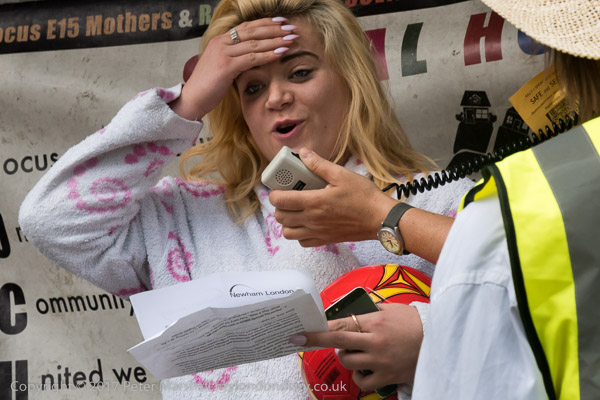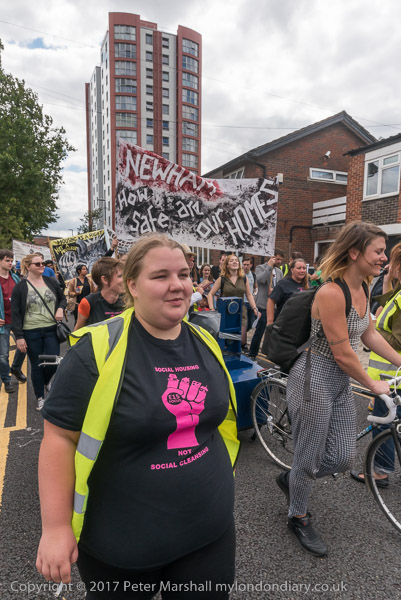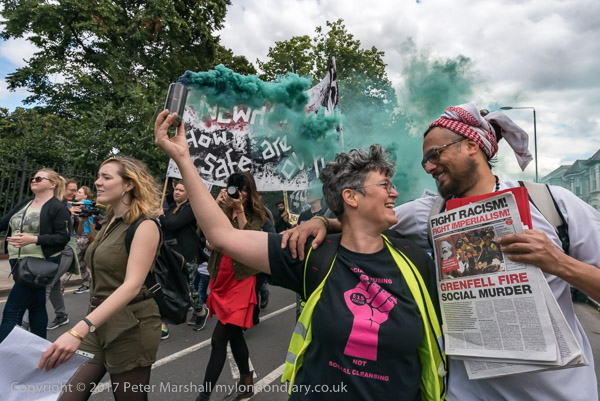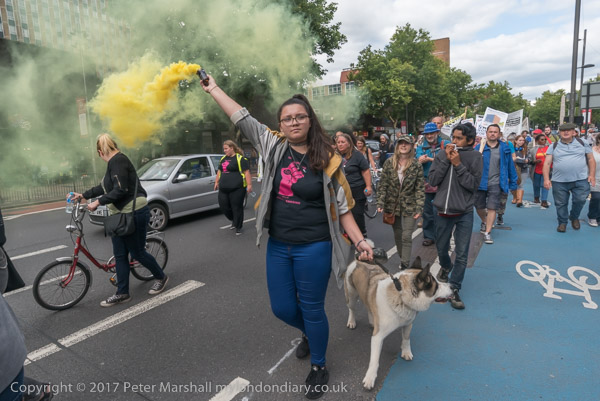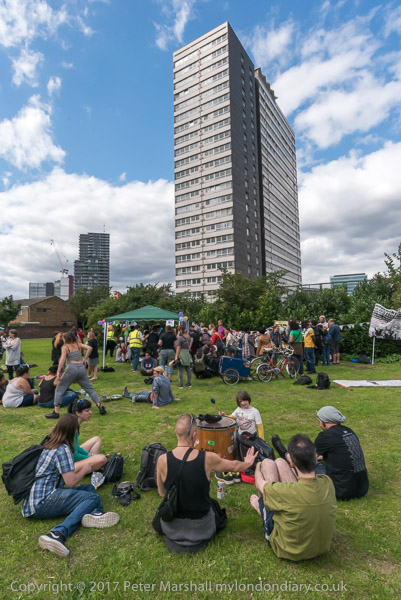Grenfell – 7 Years On: Seven years after the terrible fire that killed 72 people in Grenfell Tower and left many others traumatised we still have no justice. None of those whose deliberate actions and failures that set up this firetrap and made a disaster virtually inevitable has yet to be brought to court.
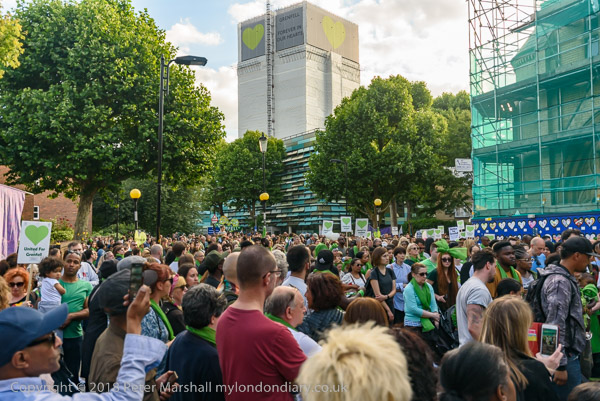
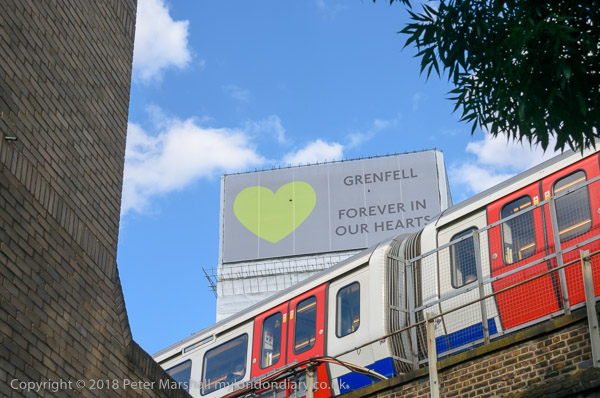
The inquiry dragged on and although it has ended taking evidence its final report has been delayed and delayed. Initially due in late 2023 it is now expected to be released in Autumn 2024, although that may well be delayed yet again.
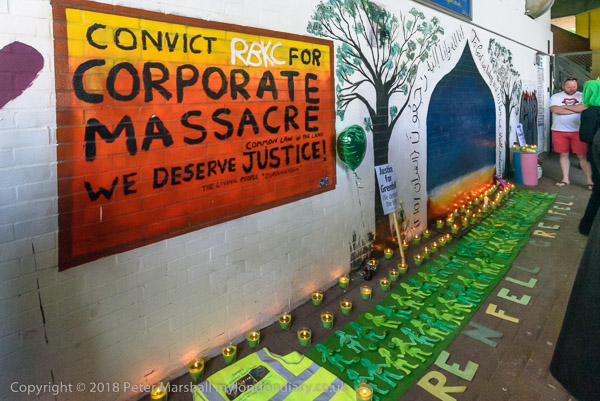
When it does come it will almost certainly be too little as well as far too late. Grenfell was a crime and the major criminals were obvious from the start. The inquiry – as it was always meant too – has tied the hands of the police in pursuing the criminals and bringing them to justice. It seems doubtful there will be many if any prosecutions and if they take place they are likely to be only for minor offences.
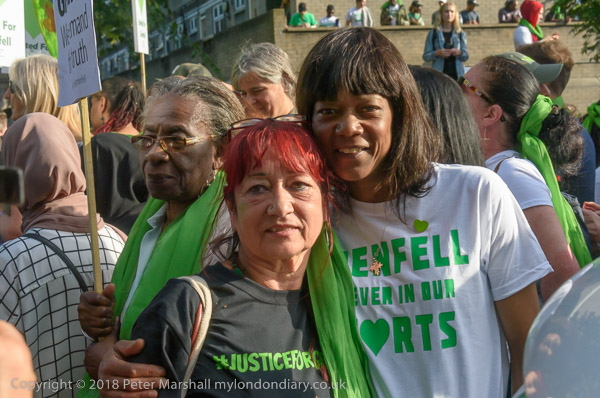
I don’t think anything much of significance has emerged from the years of the inquiry that was not already evident in early reports on the fire – such as that published by Architects for Social Housing in July 2017, although we have some more detail. But the inquiry has mainly served as an opportunity for some involved to take part in buck-passing and blame others or to claim ignorance of the obvious.
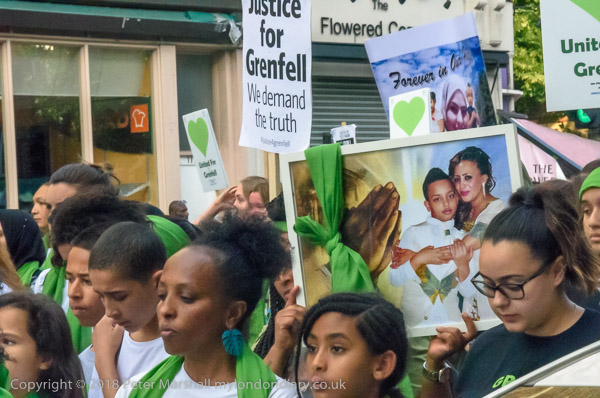
And of course to generate considerable incomes for the lawyers, who have had a field day thanks to the excessive adversarial nature of the inquiry. The delays in publishing the report are all down to the inquiry having to consult with those who are named in it. We urgently need a streamlined process for such inquiries – and this should almost certainly involve prosecutions of the more obvious criminals before the inquiry begins.

But although the grass has grown longer, Grenfell Tower is still there as a reminder of the terrible events which began which shortly before 1am on Tuesday, 14 June 2017. Although by the first anniversary in 2018, from which the pictures here come, its scarred and blackened bulk had been hidden by white sheetong. But at the top was a grey panel with a large green Grenfell heart and the message ‘Grenfell – Forever In Our Hearts‘.
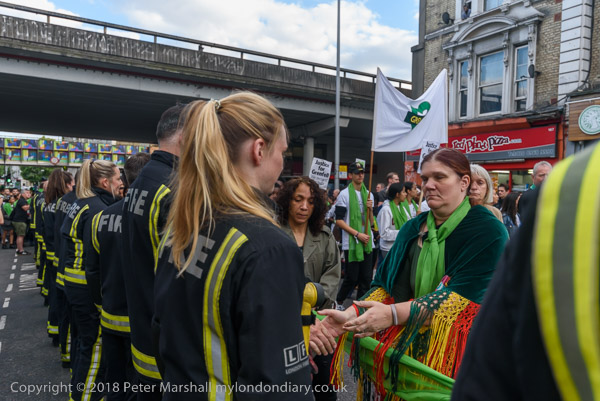
As I wrote in 2018, “Some felt it should have been left standing uncovered – particularly as the disaster was caused by covering up the building to make it look nicer for the academy at its base. Without that covering the fire would have been a minor incident with no loss of life.”
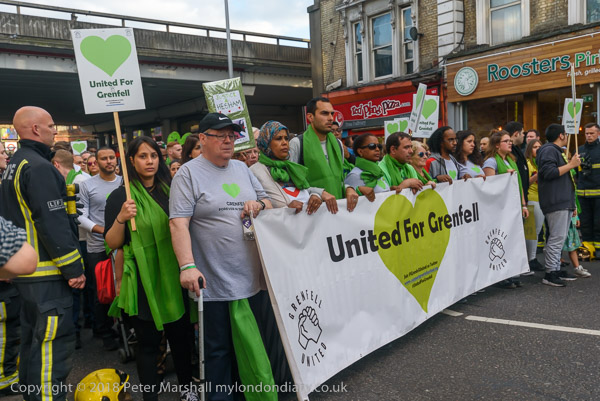
I continued “The academy in front of the tower was also built without proper regard for access for fire engines to fight the fire when it happened. To make things worse, Boris Johnson had cut the fire service drastically and they no longer had the equipment to fight the fire in the upper stories – it had to come from Surrey – and successive governments had removed regulations and cut safety inspections (they called it ‘red tape) which would have prevented the inferno.”
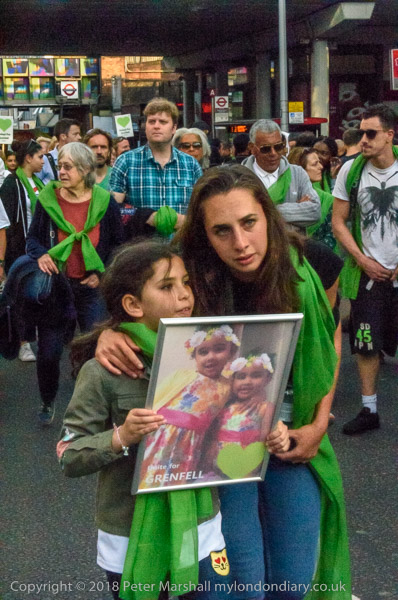
Here are the details from the Grenfell United web site of the 7th Anniversary Silent Walk:
Join us at the Silent Walk on 14 June 2024 to mark 7 years since the Grenfell Tower Fire. We will gather at the Nottinghill Methodist Church from 6pm and the walk will begin at 6:30pm. There will be speeches and a call to justice at the end.
Please walk in silence with us to show those responsible we are not going anywhere until we see justice.
Grenfell United
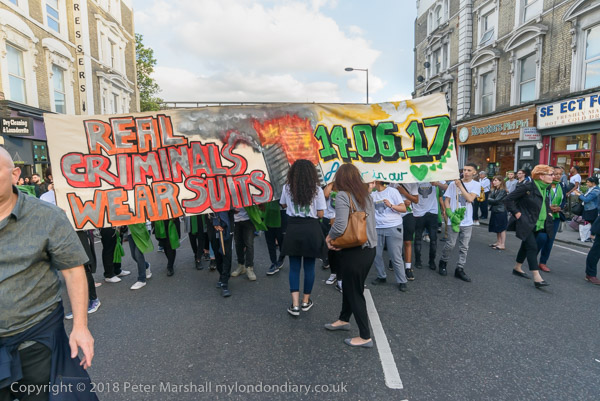
You can see more from the first anniversary walk in 2018 at Massive Silent Walk for Grenfell Anniversary Among those taking part were both then Labour Party Leader Jeremy Corbyn and Shadow Home Secretary Diane Abbott.
Flickr – Facebook – My London Diary – Hull Photos – Lea Valley – Paris
London’s Industrial Heritage – London Photos
All photographs on this page are copyright © Peter Marshall.
Contact me to buy prints or licence to reproduce.
